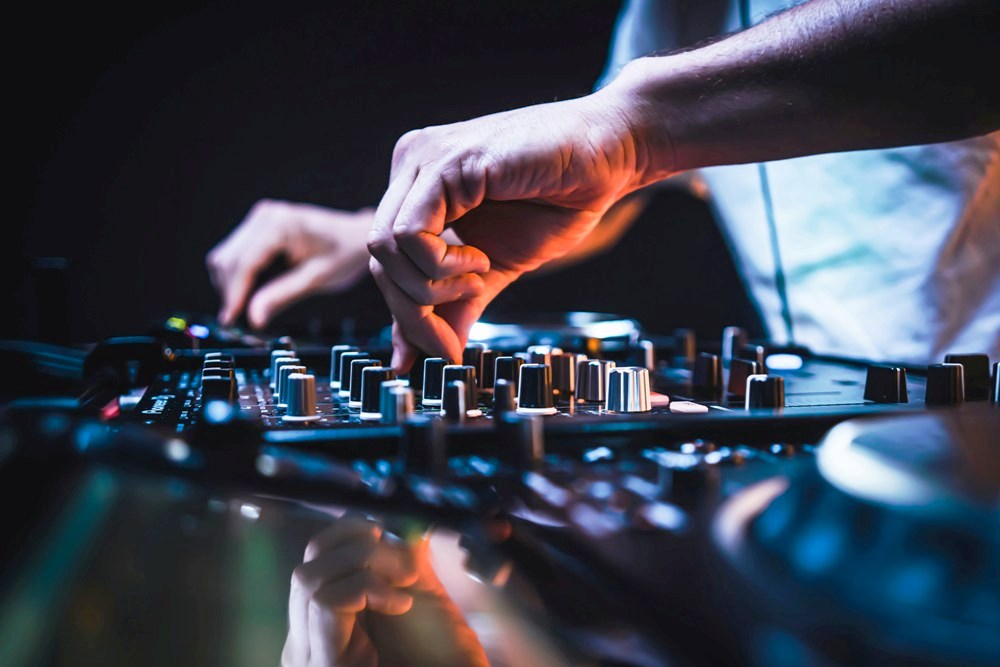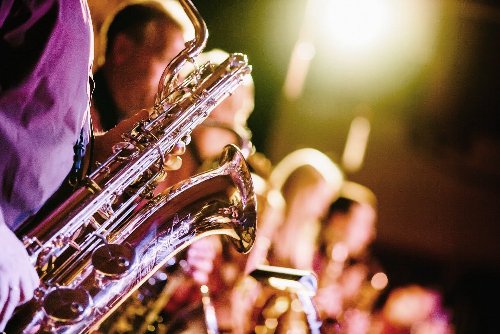
Setting up a music production home studio is an exciting process that allows for endless creative potential, but moving an established setup to a new location can pose unique challenges. Every piece of equipment, from your computer and audio interface to your microphones and instruments, needs to be carefully transported and recalibrated in its new environment. Whether you're upgrading to a larger space, relocating to a new home, or simply rearranging for a more efficient workflow, a thoughtful approach can ensure that your new studio setup supports your work without causing setbacks. Moving a music production studio requires not only physical relocation but also a mindful approach to ensure that your sound quality and production capabilities are unharmed by the transition.
Planning Your Move
Before packing up your gear, it's essential to plan ahead. Take some time to map out your new space and visualize how you'll arrange your equipment. Consider the acoustics of the new room—does it have the same characteristics as your previous space, or will you need to treat the room with additional soundproofing or acoustic panels? Organize your equipment based on its importance and sensitivity, ensuring that fragile items like microphones and speakers are safely packed. If you're working with a limited space, think about how you can optimize your layout for maximum efficiency. A clear plan will not only make the move smoother but also ensure your equipment remains protected during transit.
Disassembling Your Equipment
Once you've settled on a plan, the next step is to begin disassembling your studio. This process is crucial to ensuring that no cables are left tangled or items are damaged. Start by unplugging all equipment and labeling cables to make reassembly easier. For larger items like studio monitors or your desk, remove any detachable parts and wrap them in protective materials. If possible, store items in their original boxes, as these are designed to keep your gear safe during transport. Taking the time to properly disconnect and pack each piece of equipment will reduce the risk of damage and make the setup process much faster once you're in your new space.
Safely Transporting Your Gear
Transporting your gear requires careful attention to prevent damage, especially when moving fragile items like monitors, microphones, and audio interfaces. Use padded cases or bubble wrap for sensitive equipment, and be sure to secure everything in your vehicle so that it doesn't shift during transit. If you're using a professional moving service, make sure they understand the importance of careful handling for delicate items. You should also double-check that all your gear is properly insured for the move, particularly if you're transporting high-end equipment. Planning ahead and packing your gear properly will help avoid issues such as damaged equipment or missing pieces when you arrive at your new location.
Setting Up in the New Space
Once you've arrived at your new location, it's time to start setting up your studio. Begin by positioning larger items like your desk, chair, and studio monitors. Make sure that your monitors are placed at ear level and positioned in an equilateral triangle to maximize their stereo imaging. As you assemble your equipment, take care to reattach cables properly and check that all connections are secure. Revisit your initial plan and ensure that you've optimized the space for both functionality and acoustics. Adjusting the layout to your new room's sound properties can make a noticeable difference in the quality of your work. With everything in place, you'll be able to dive straight back into production without any major delays.
Calibrating the Acoustics
After setting up your gear, one of the most important steps is to recalibrate the acoustics of the room. Even small changes in room dimensions or furniture placement can alter how sound behaves. Start by testing your monitors and listening to a variety of tracks to assess the sound quality in the new space. If you're not satisfied with the acoustics, consider adding more acoustic treatment such as bass traps, diffusers, or foam panels. It may take some trial and error to get the acoustics just right, but this step is crucial for achieving accurate mixes. If you're unsure about how to treat the room, there are numerous online resources and professionals who can offer advice based on your specific needs.
Testing Your Gear
Once your studio is set up, it's time to test all your gear to make sure everything is working as expected. Power up each piece of equipment and check that all cables are correctly connected. Pay special attention to any gear that may have been stored for an extended period, such as microphones or audio interfaces, as these could require calibration or updates. Run a few tests on your computer to ensure that your DAW (digital audio workstation) is functioning properly and that all plugins are responding as expected. Testing your equipment in the new space will ensure that everything is in working order and ready for production.
Upgrading Your Setup
Moving to a new space presents an ideal opportunity to take stock of your current setup and consider upgrades. Perhaps your speakers could benefit from an upgrade, or you're in need of a more comfortable chair for long production sessions. It's also worth considering investing in new tools that can enhance your workflow, such as a higher-quality microphone or a more efficient audio interface. A move often brings the chance to optimize your studio setup, so don't hesitate to look into new gear that will improve your creative process. For example, a USB microphone could provide a convenient and high-quality solution for recording vocals or podcasts without the need for complicated setup. By taking the time to evaluate and upgrade your gear, you can enhance your studio's performance and elevate your production quality.
Getting Back to Work
After settling into your new space, it's time to get back to doing what you love—making music. While the move may have temporarily interrupted your workflow, the new environment can offer fresh inspiration and a renewed sense of creativity. Take the time to experiment with your new setup and adjust to the new acoustics. The key to a smooth transition is staying organized and being patient with yourself as you work through any technical adjustments. Eventually, you'll be able to seamlessly resume producing music at the same high level as before, if not better. Embrace the change as an opportunity for growth and improvement in your music production journey.
Once you've settled in and started producing music again, it's important to maintain your studio. Regular maintenance will ensure your equipment remains in good condition for years to come. Clean your gear periodically, dusting off your monitors, keyboard, and other equipment. Check cables for any signs of wear and tear and replace them as necessary. Additionally, make sure that your studio's environment is kept organized and that cables are neatly stored to prevent tangling or damage. Taking care of your space and gear will not only extend the life of your equipment but also help ensure that you can continue to create music with ease and efficiency.
EDITORIAL POLICY
The Flash List is dedicated to providing trustworthy editorial content by maintaining strict ethical standards, journalistic integrity, and credible professionalism regardless of any remuneration as working media. The Flash List is not affiliated with third-party companies mentioned and makes no endorsement or guarantee expressed or implied. The preceding article, which contains affiliated link(s) for which compensation was received, is intended for informational reference only and does not constitute advice of any kind. Moreover, a qualified professional should be consulted regarding any lifestyle consideration, medical treatment, or monetary transaction, etc. Content is published in accordance with USFTC regulations and terms and conditions.
MORE ON THE FLASH LIST
































